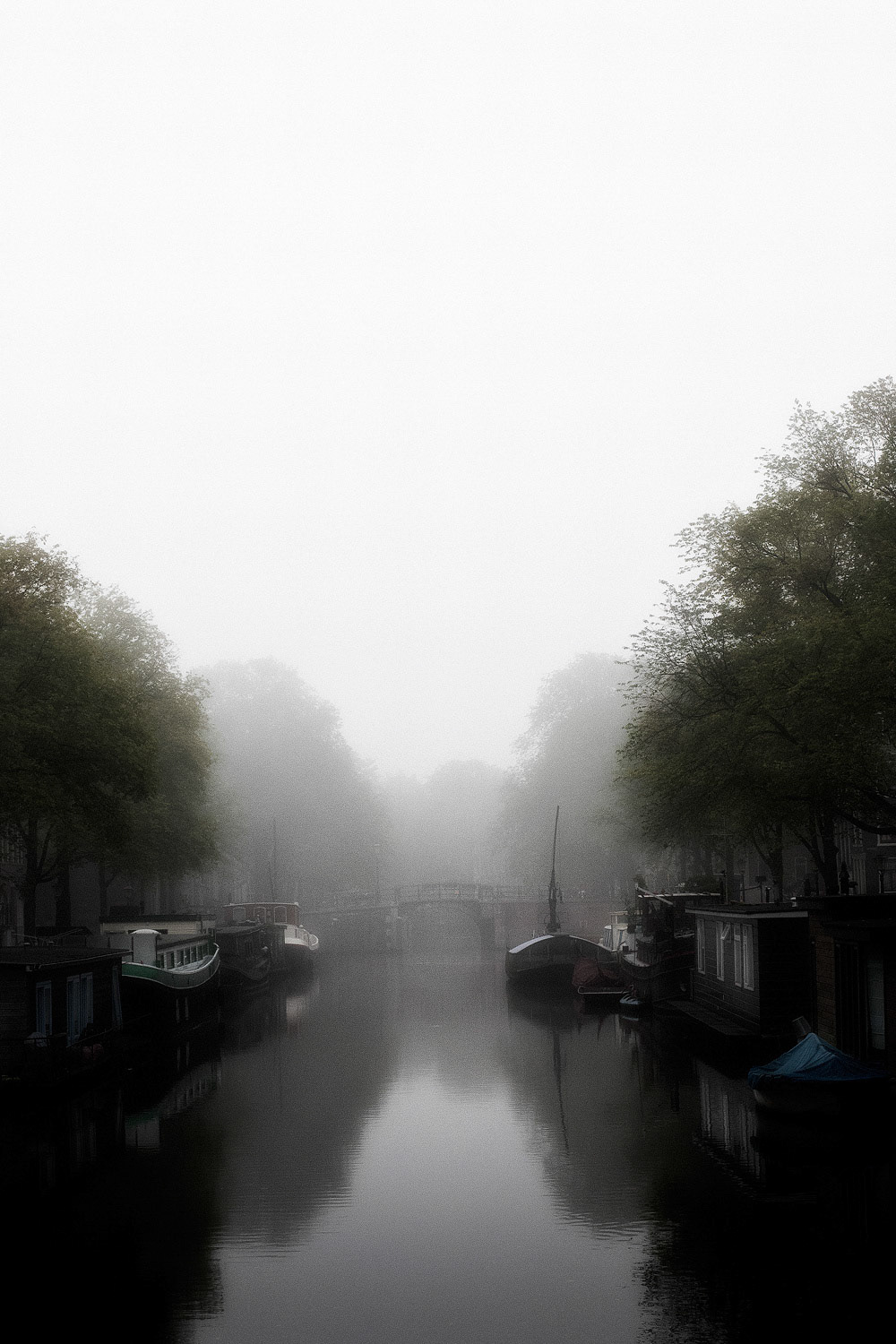



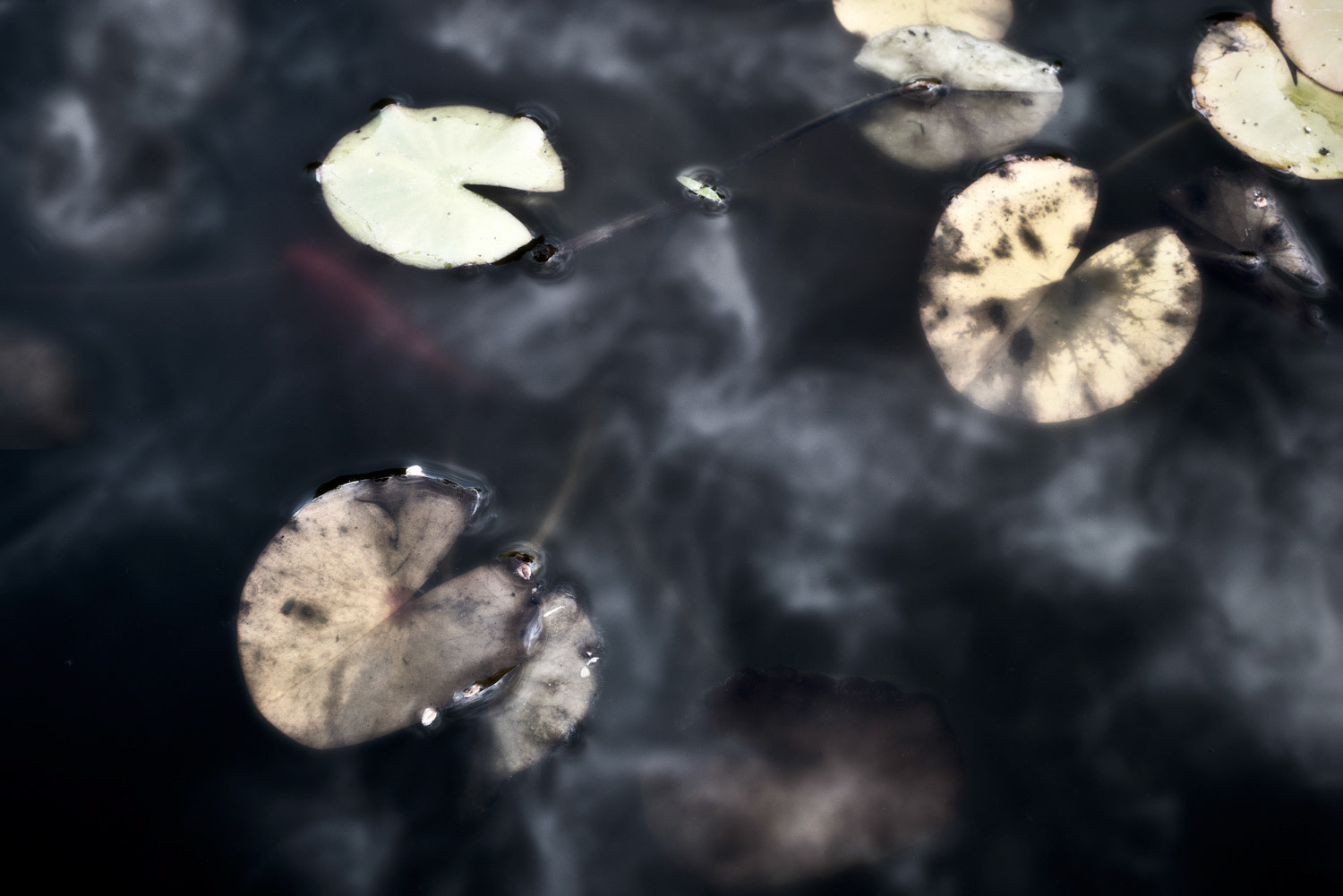




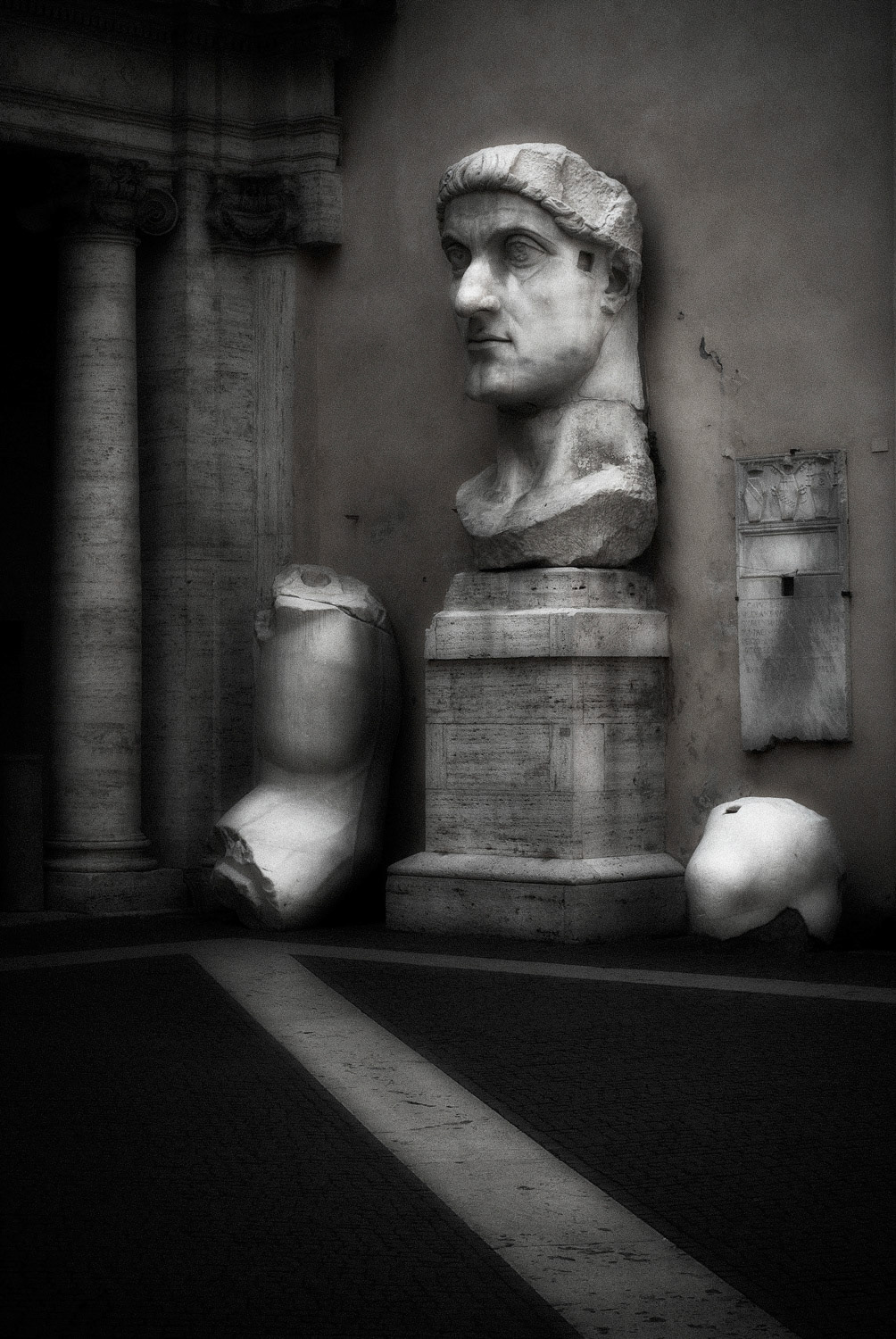


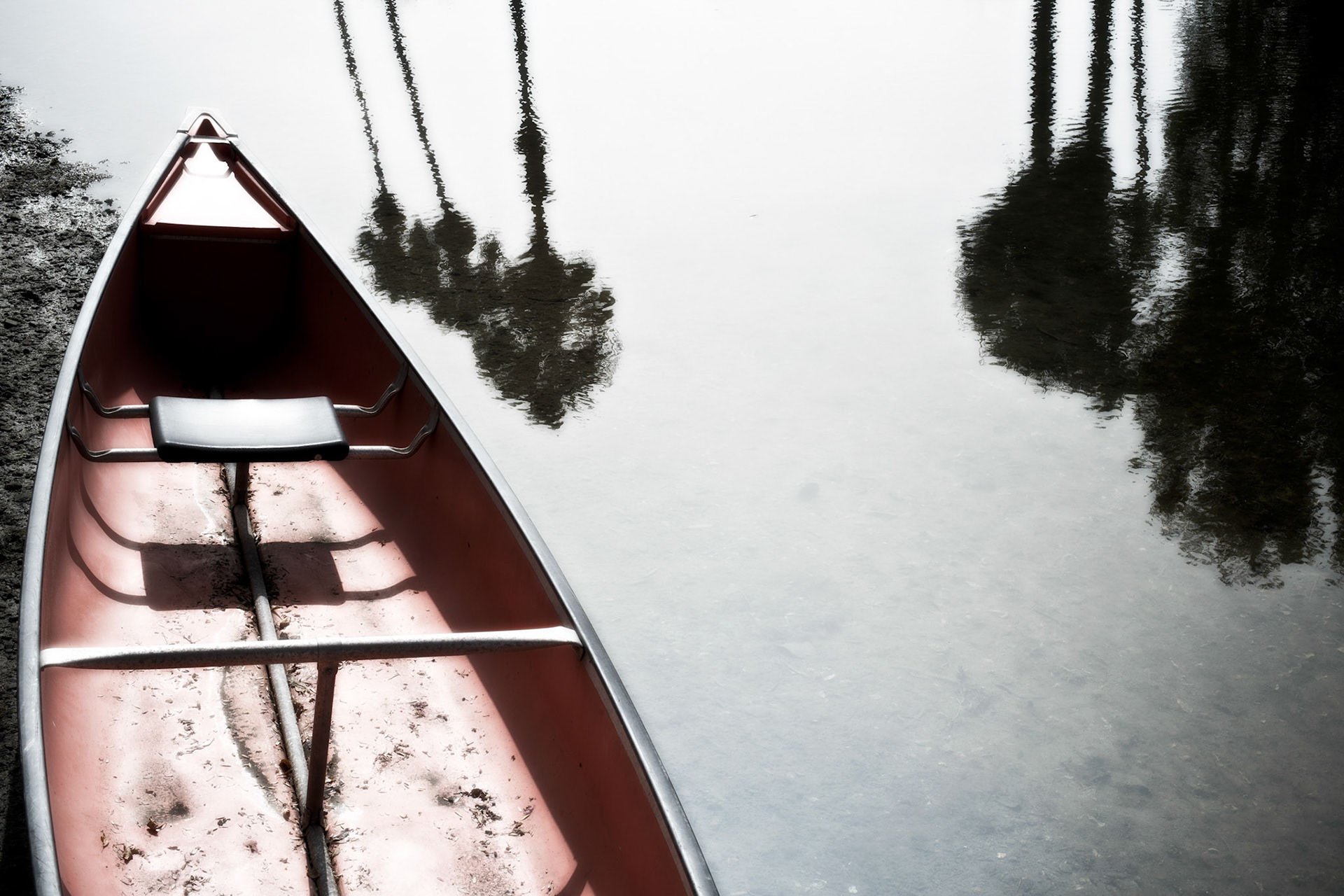
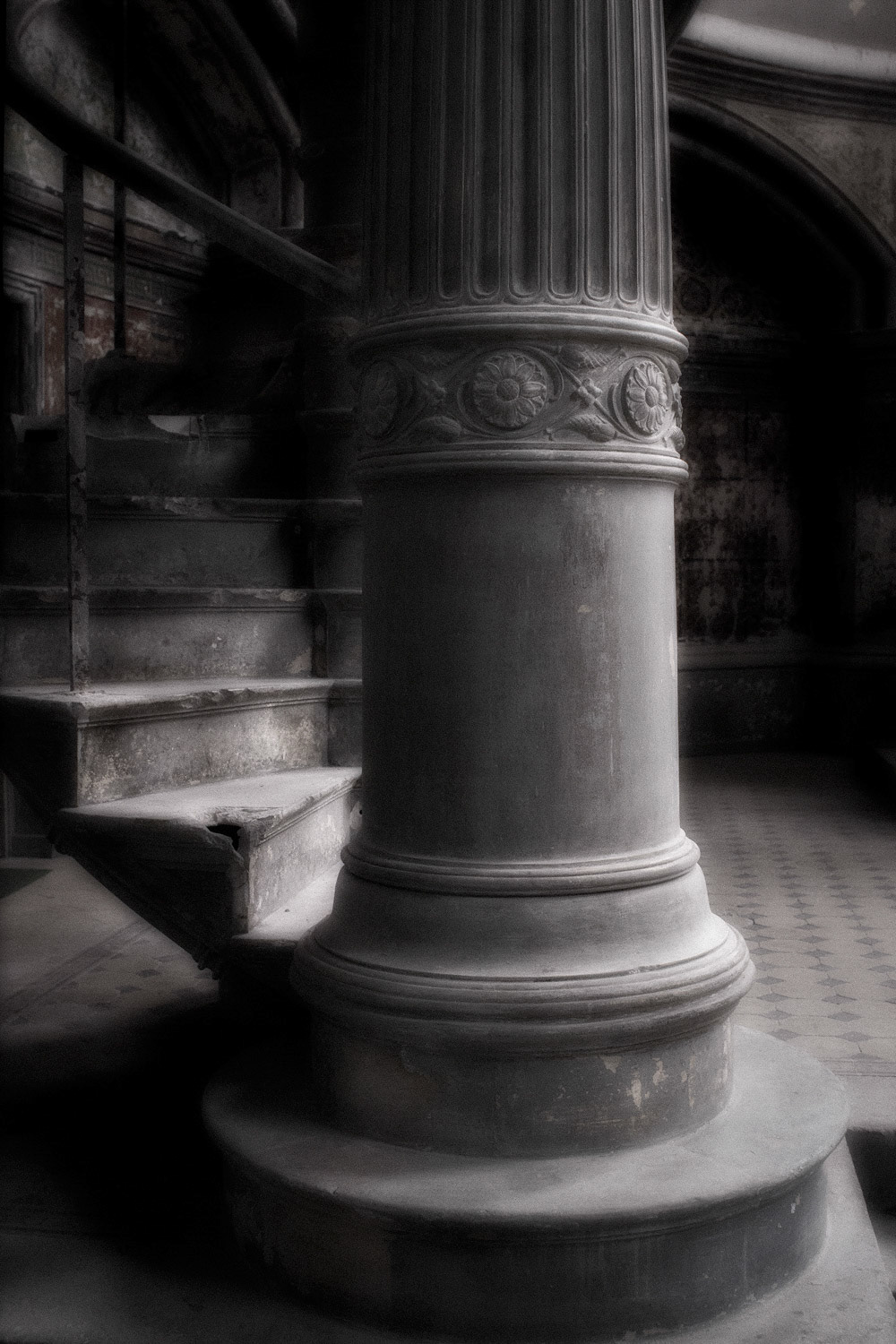

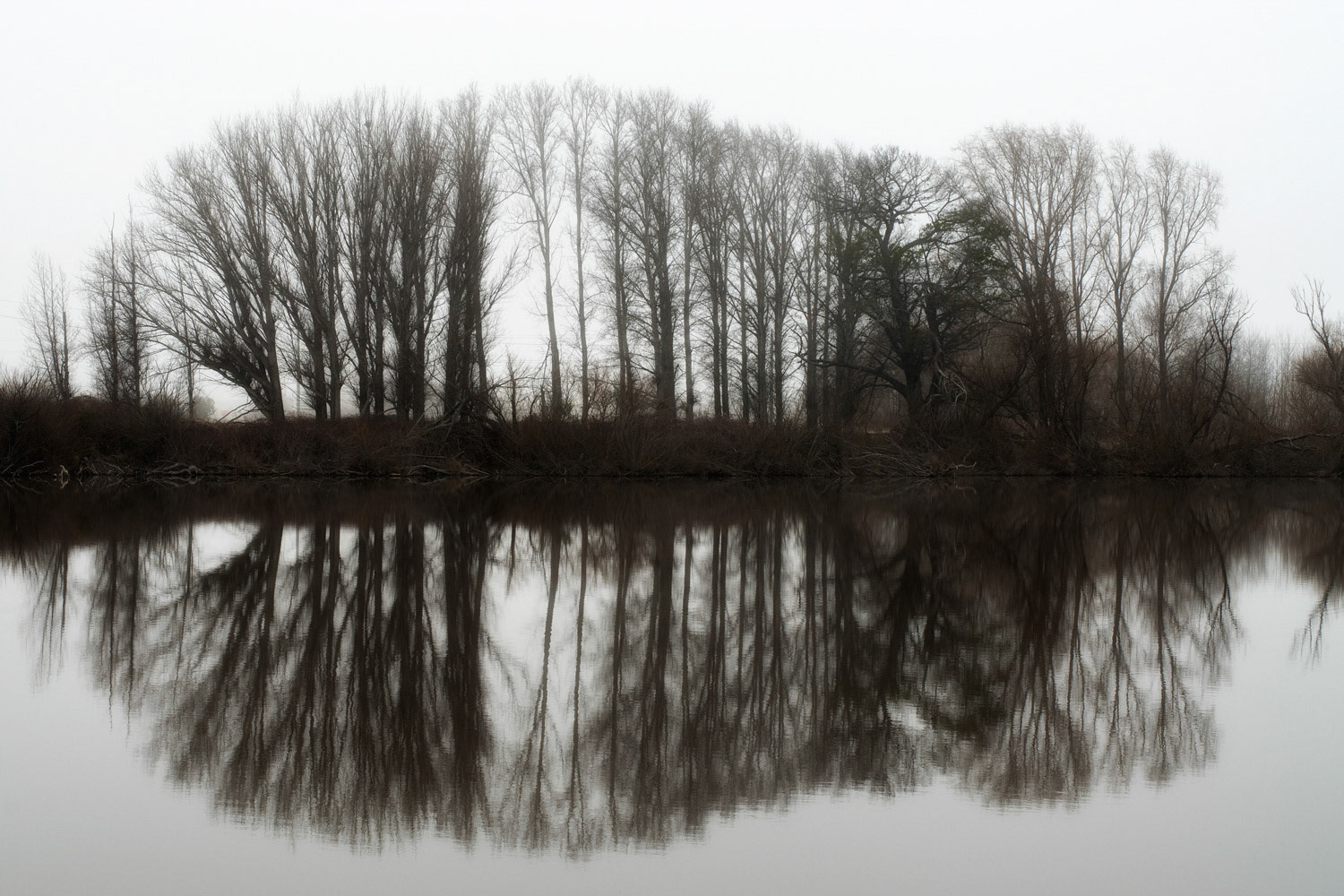

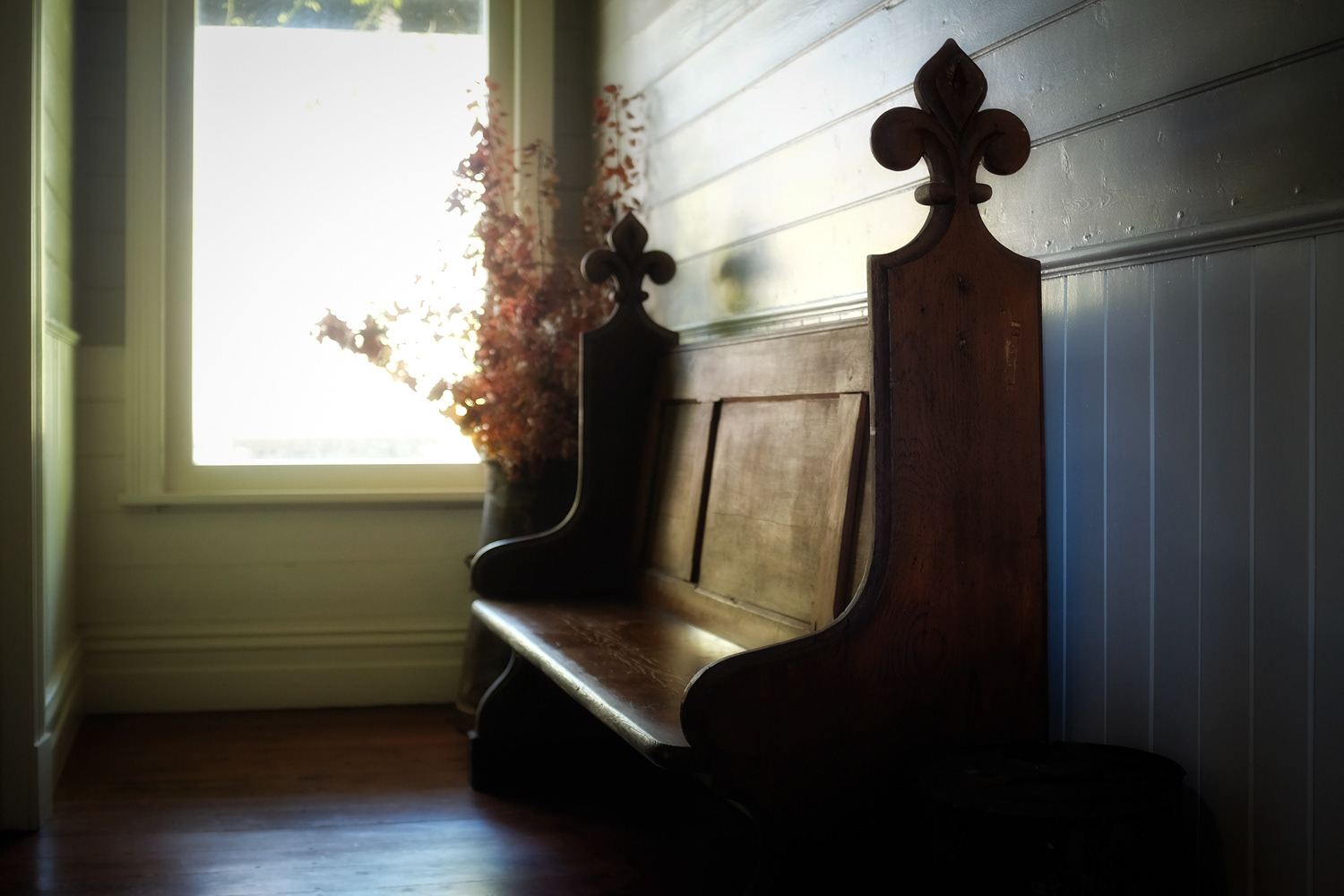
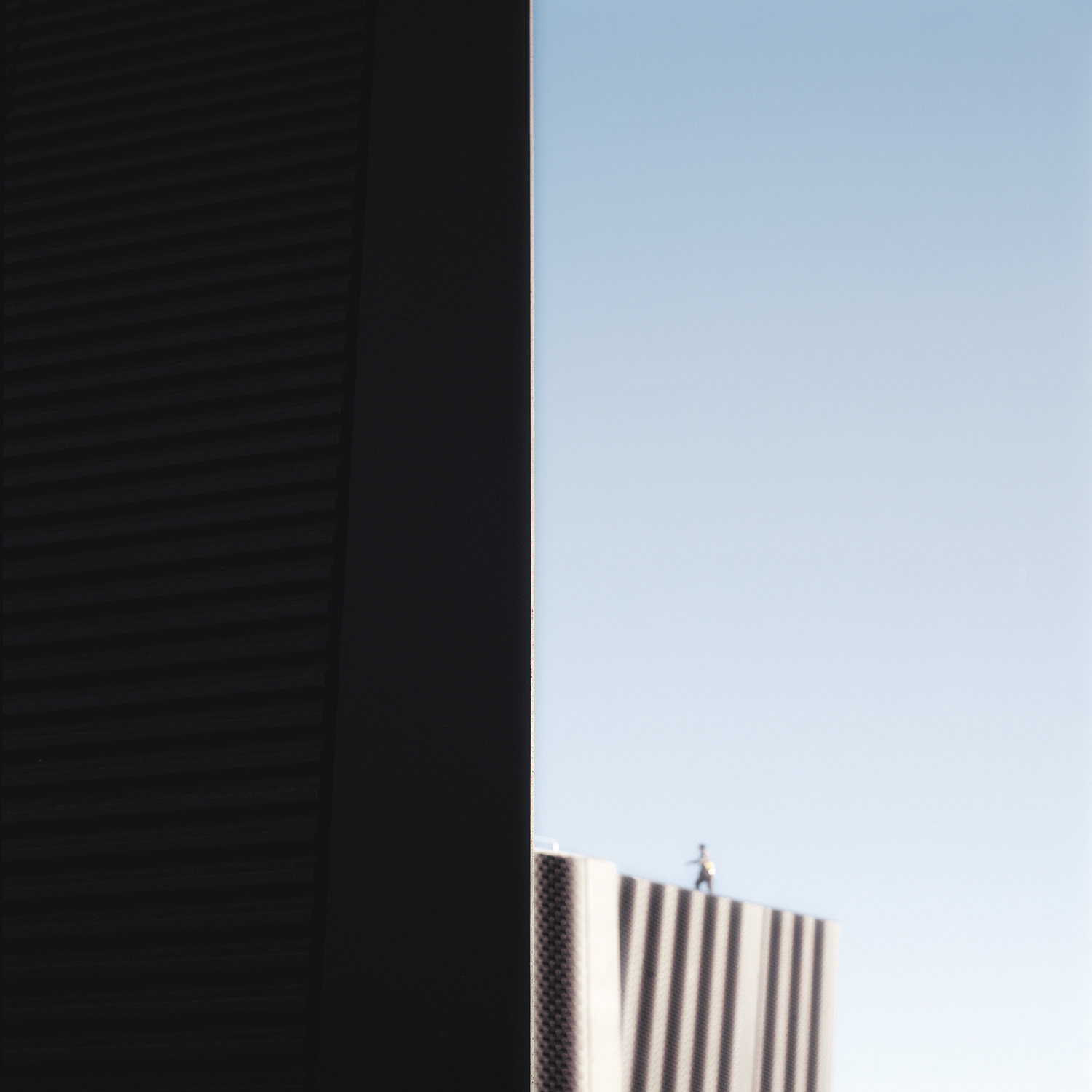
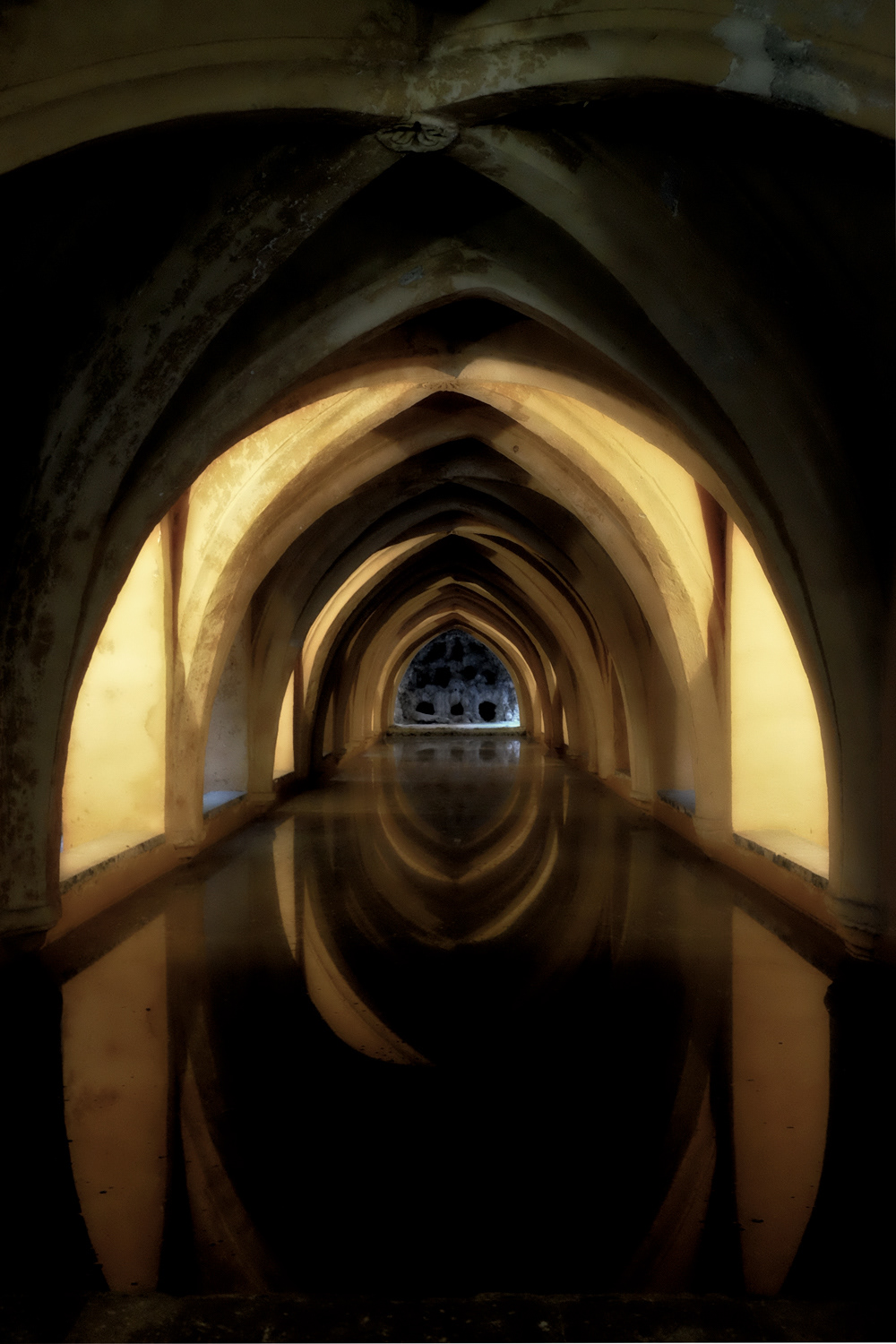
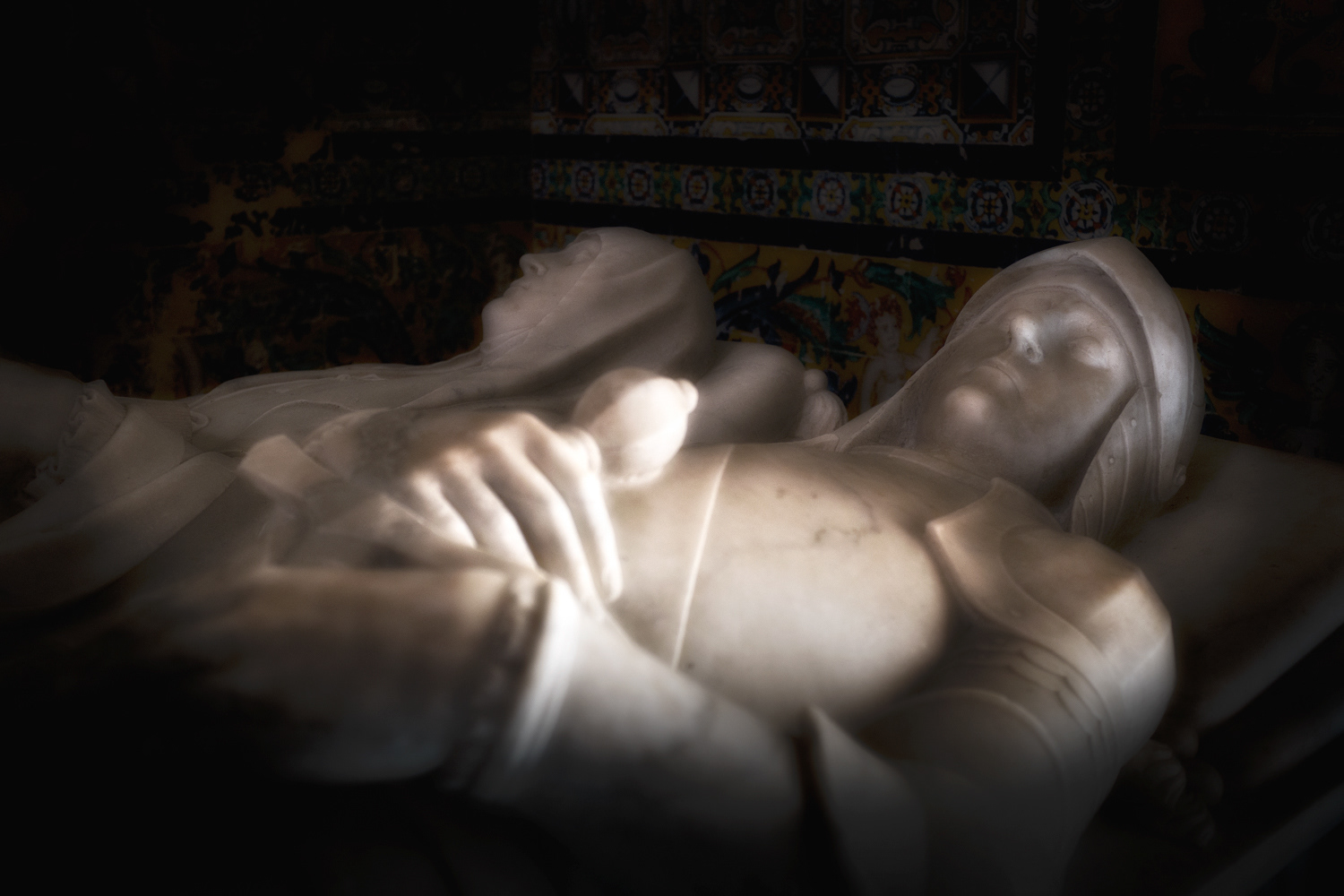
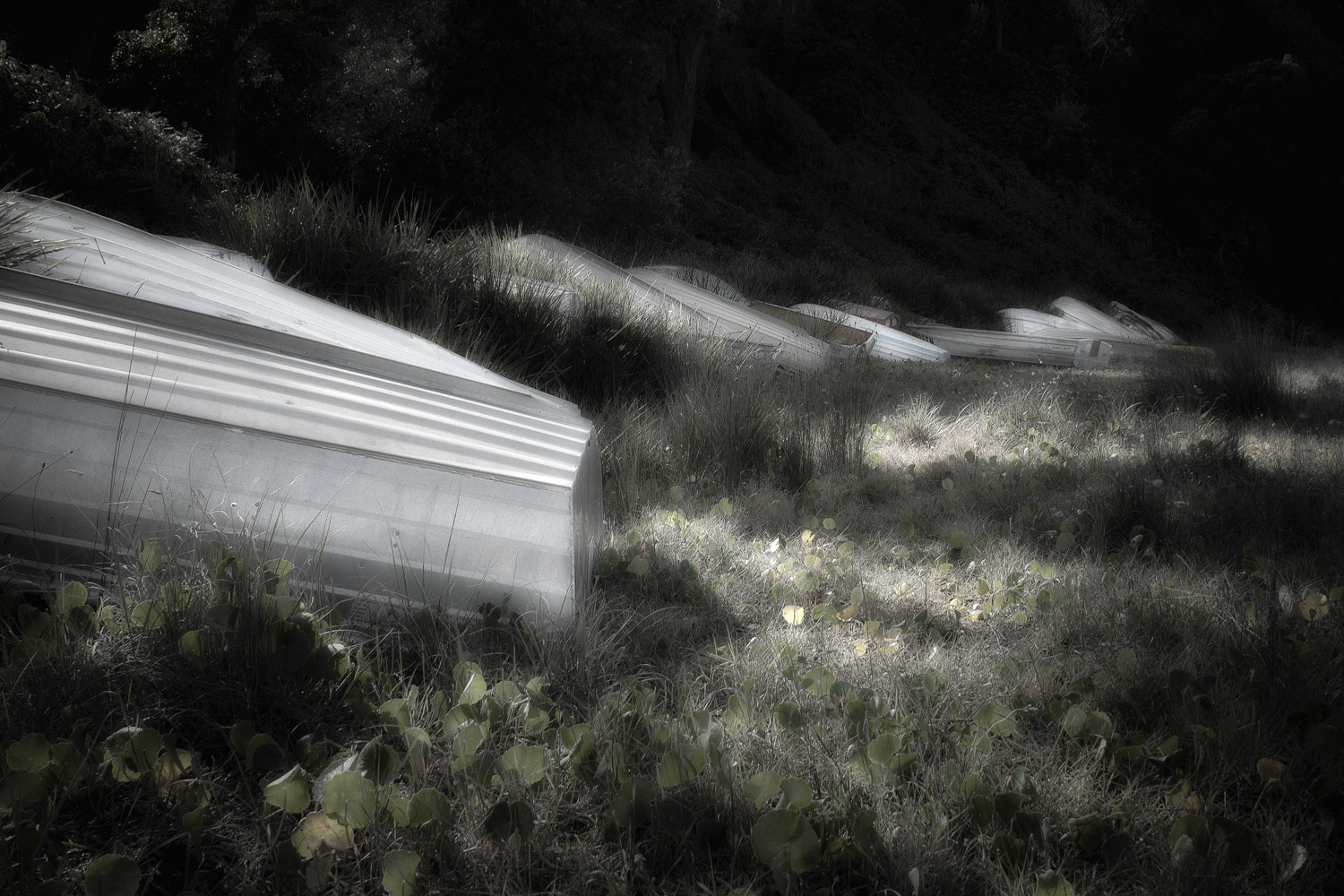
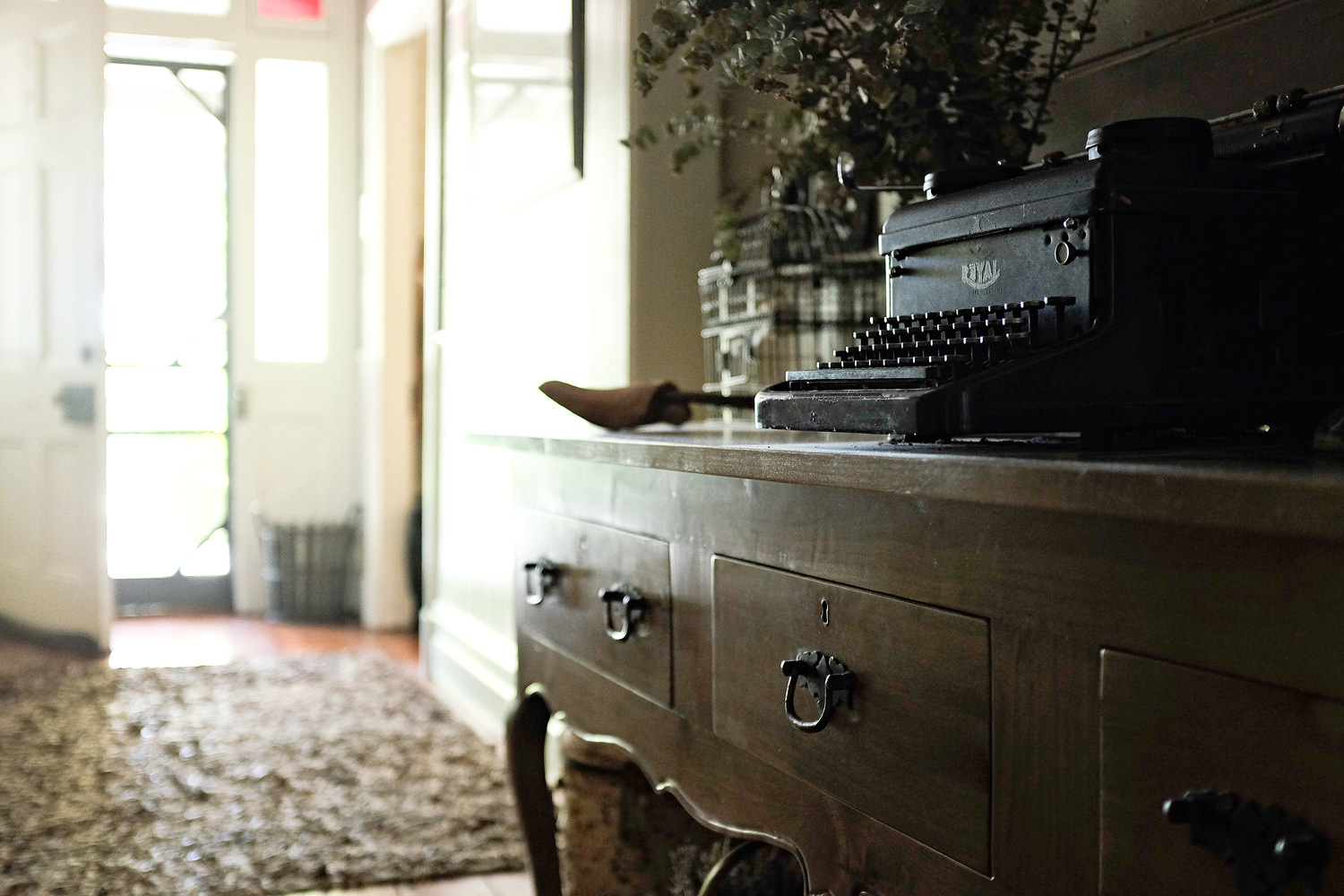
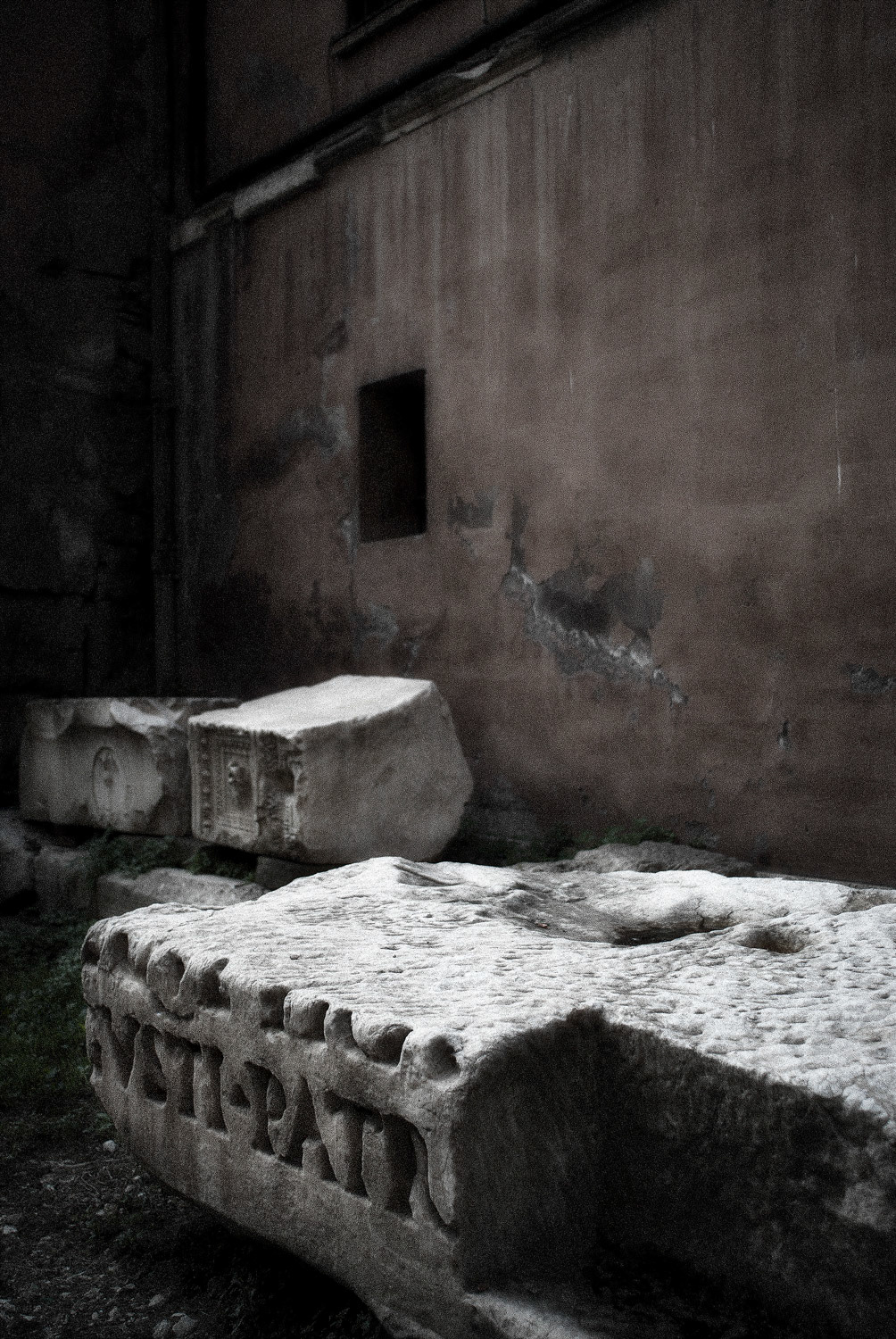
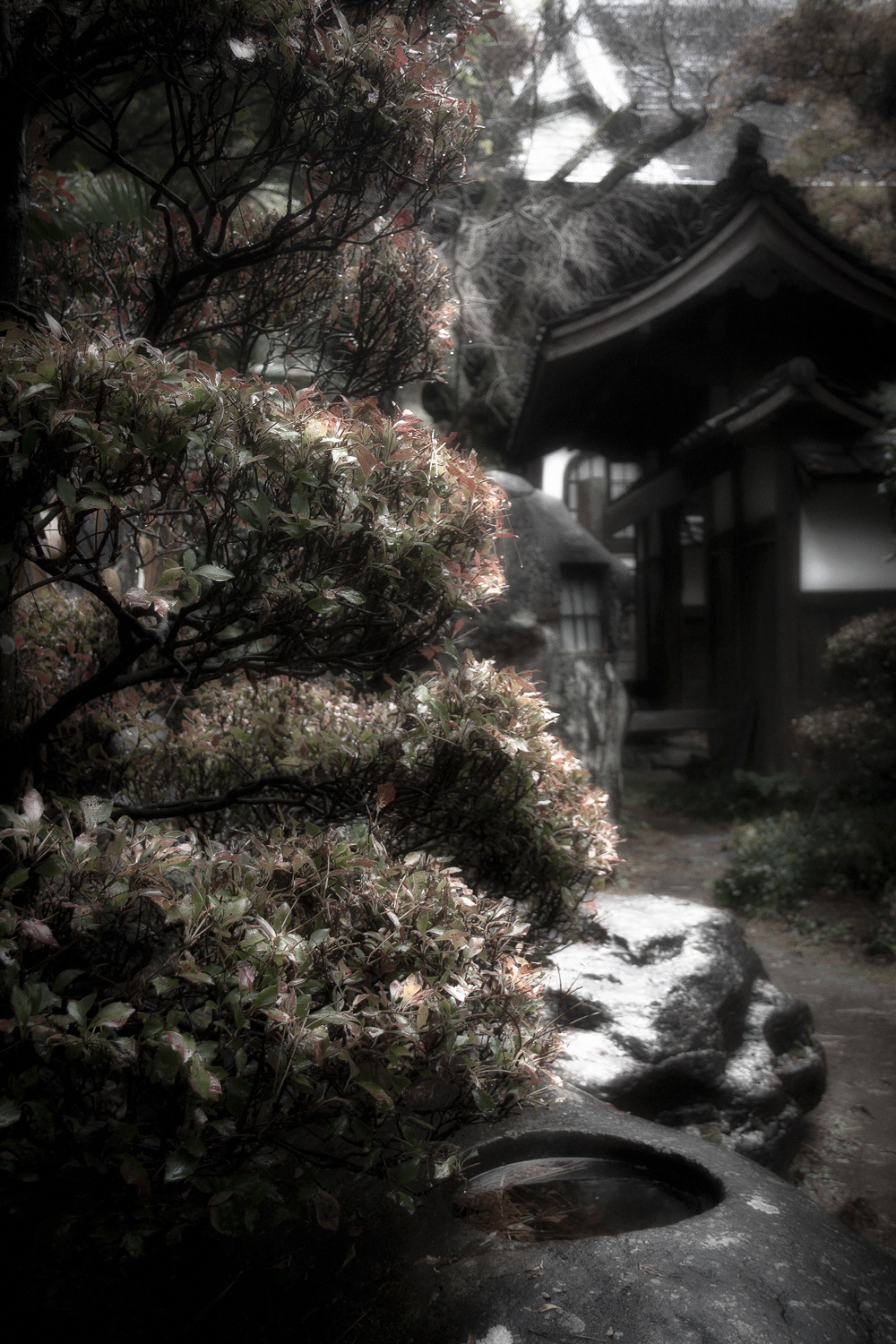
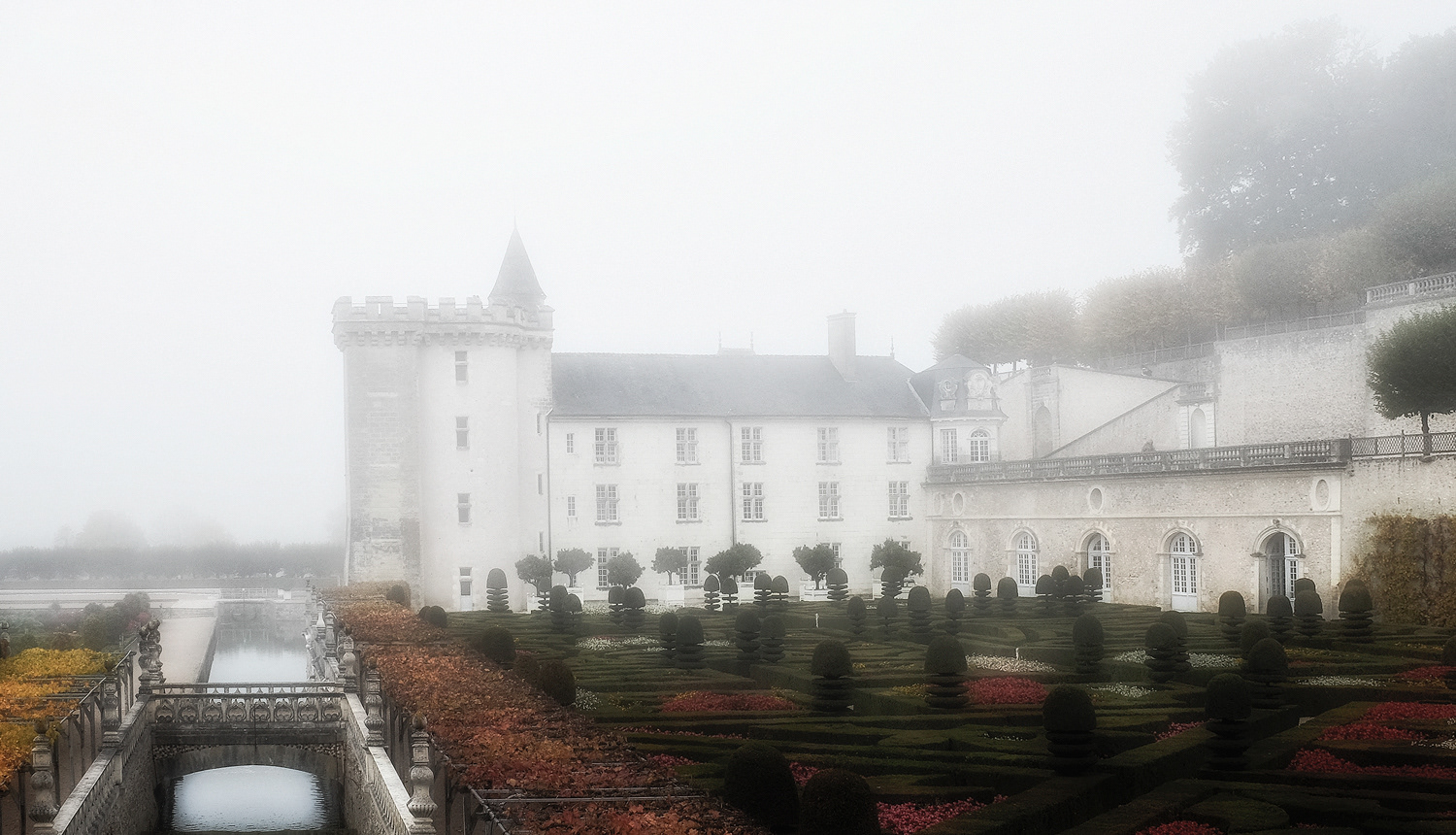
I have always been drawn to the constructed object, particularly those abandoned. The fragile nature of made objects is a constant reminder of our impermanence and that sometimes their beauty is a result of neglect and the patina that is acquired through the process of decay. I have used colour imagery for the images included in the Memoria Platea series as I enjoy the subtle rendition and interpretation possible and the abstract qualities that can be conveyed. The images have been made across different countries with each requiring long periods of searching and waiting to find the right combination of light, form and diffusion.
One of our deepest needs is for a sense of identity and belonging and a common denominator in this is of our attachment to landscape and how we find identity in landscape and place. Landscape therefore is not simply what we see, but a way of seeing (John Berger): we see it with our eye but interpret it with our mind and ascribe values to landscape for intangible intellectual and spiritual reasons. Landscape is one of memory and this memory is not always pleasurable. The clearing of the Scottish Highlands invokes a strong sense of loss. The destruction of old growth forests the same. Sebastião Salgado, the eminent photojournalist, and his wife created the Instituto Terra, (Terra Institute), to rehabilitate his ancestral farm. The resulting reforestation has been astonishing.
As we realise how finite our world is, there is a desire to protect what is left of our natural and urban worlds, and indeed to take steps to not only protect but to enshrine them in our collected conscience. Population increases, modernisation, changing diets and war all place immense pressure on our ability to manage our urban and natural landscapes.